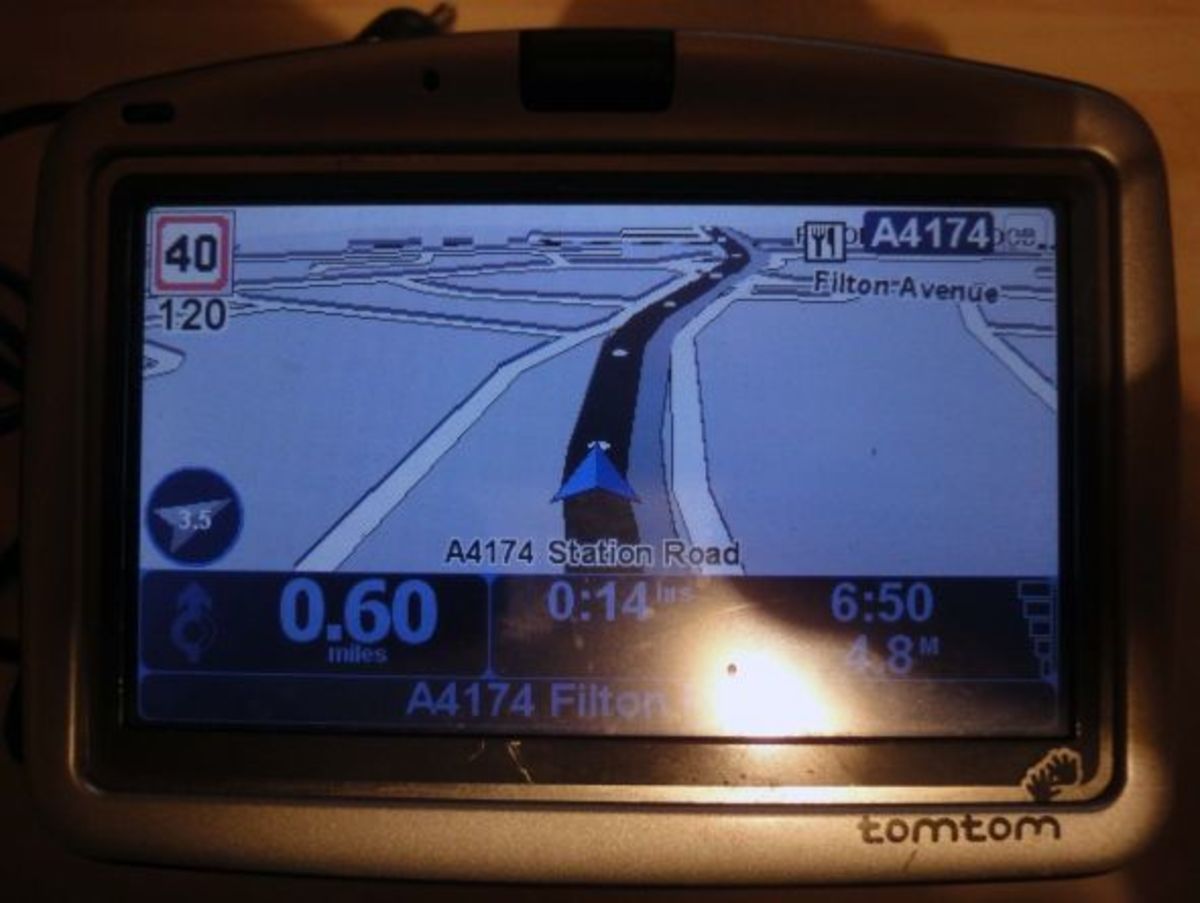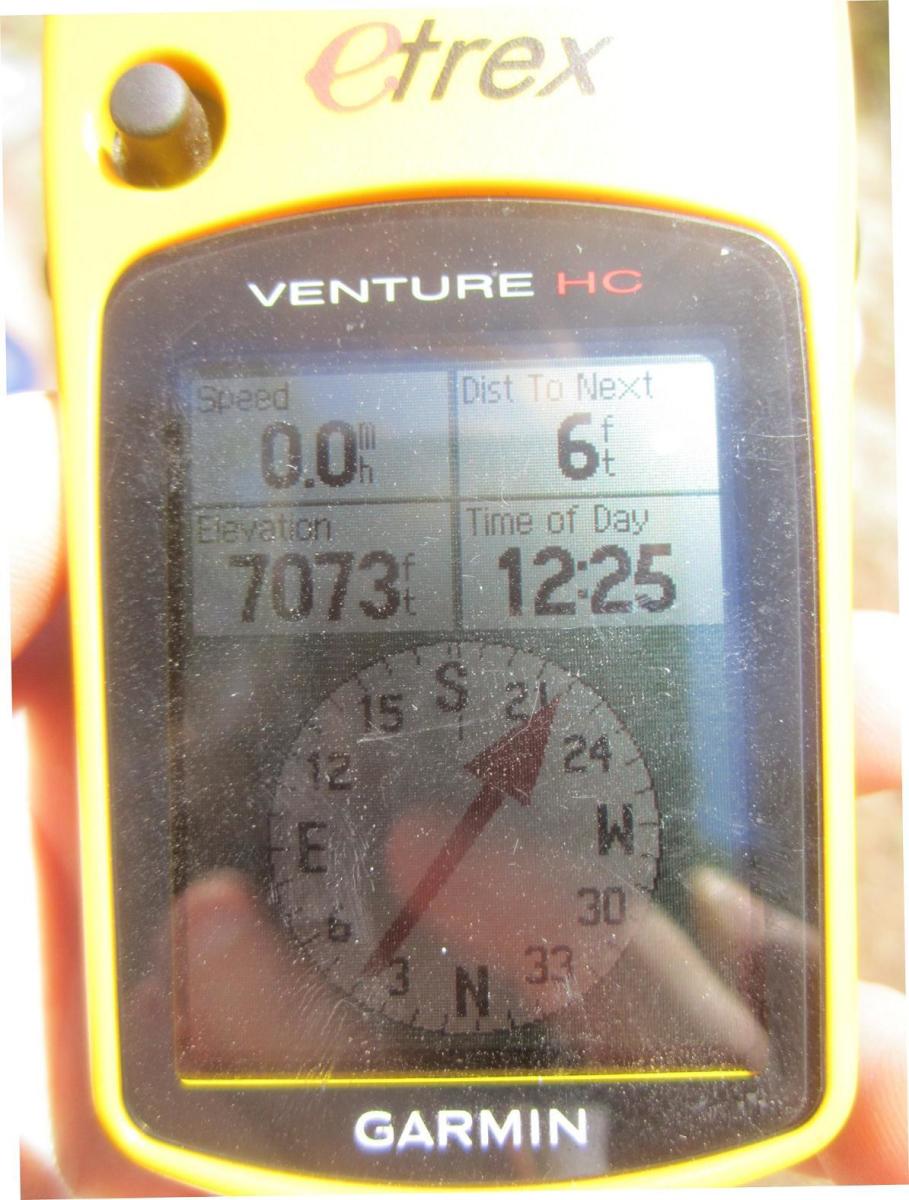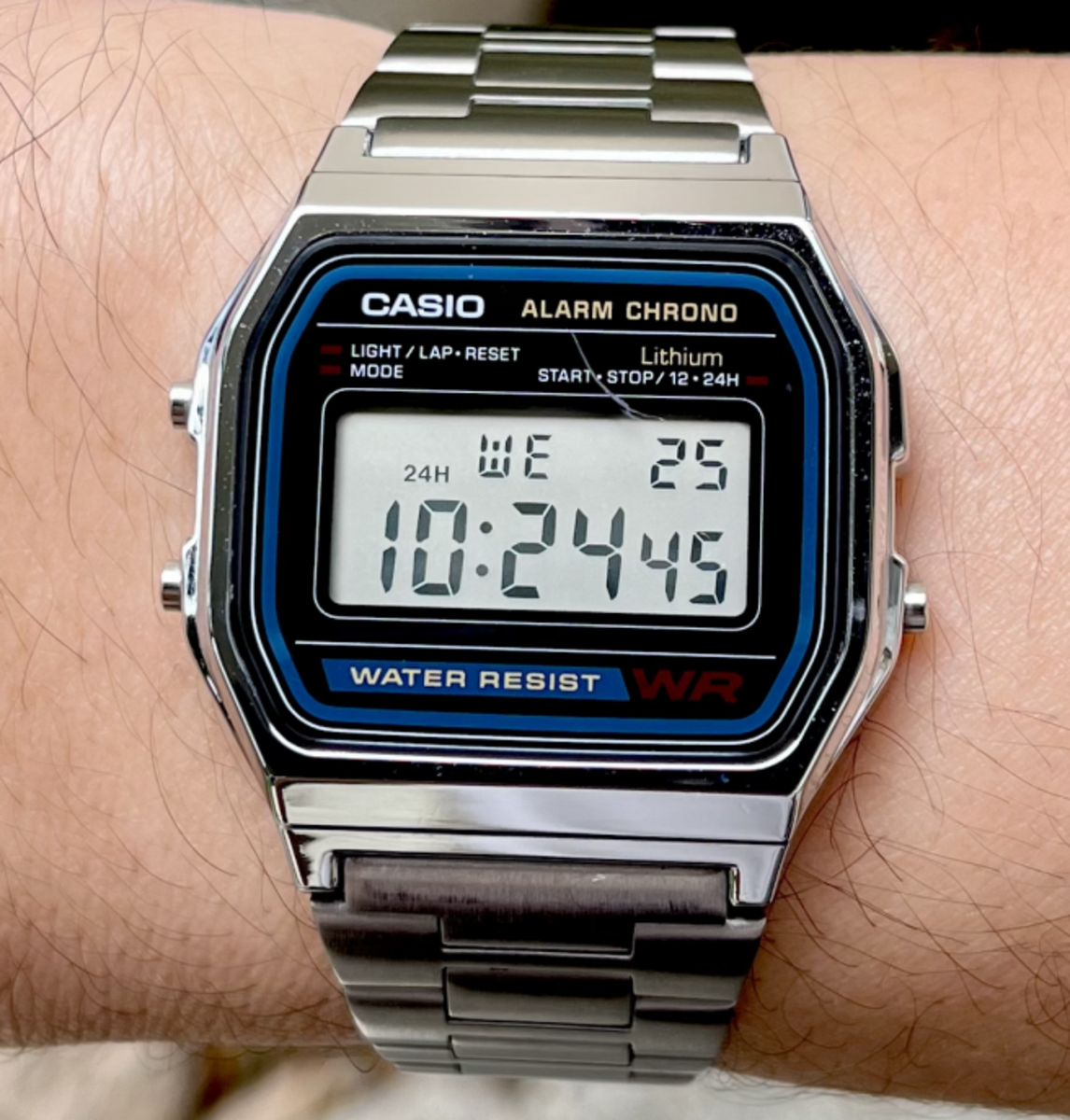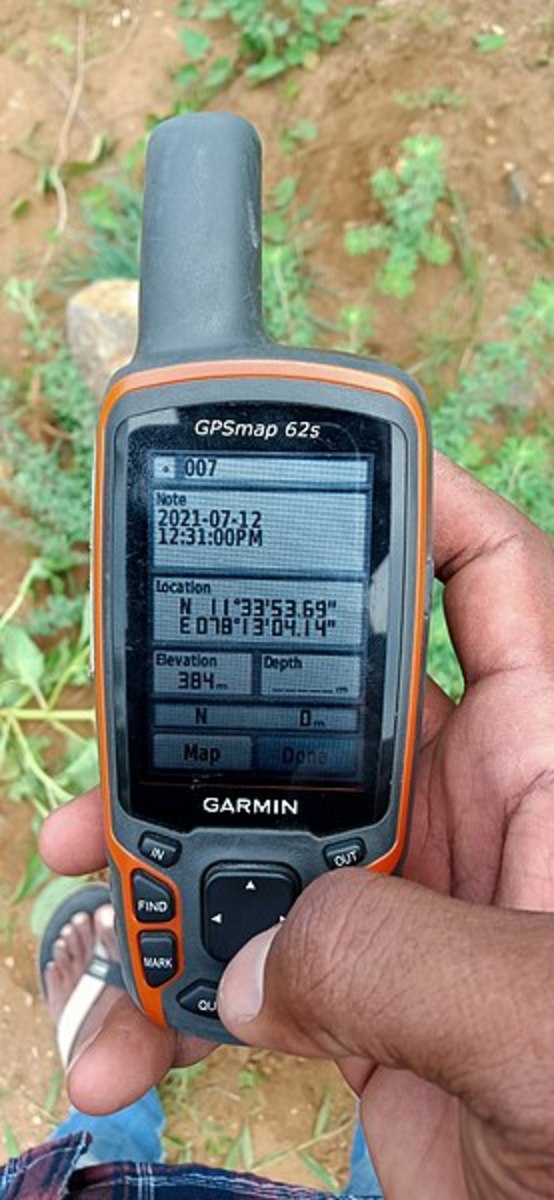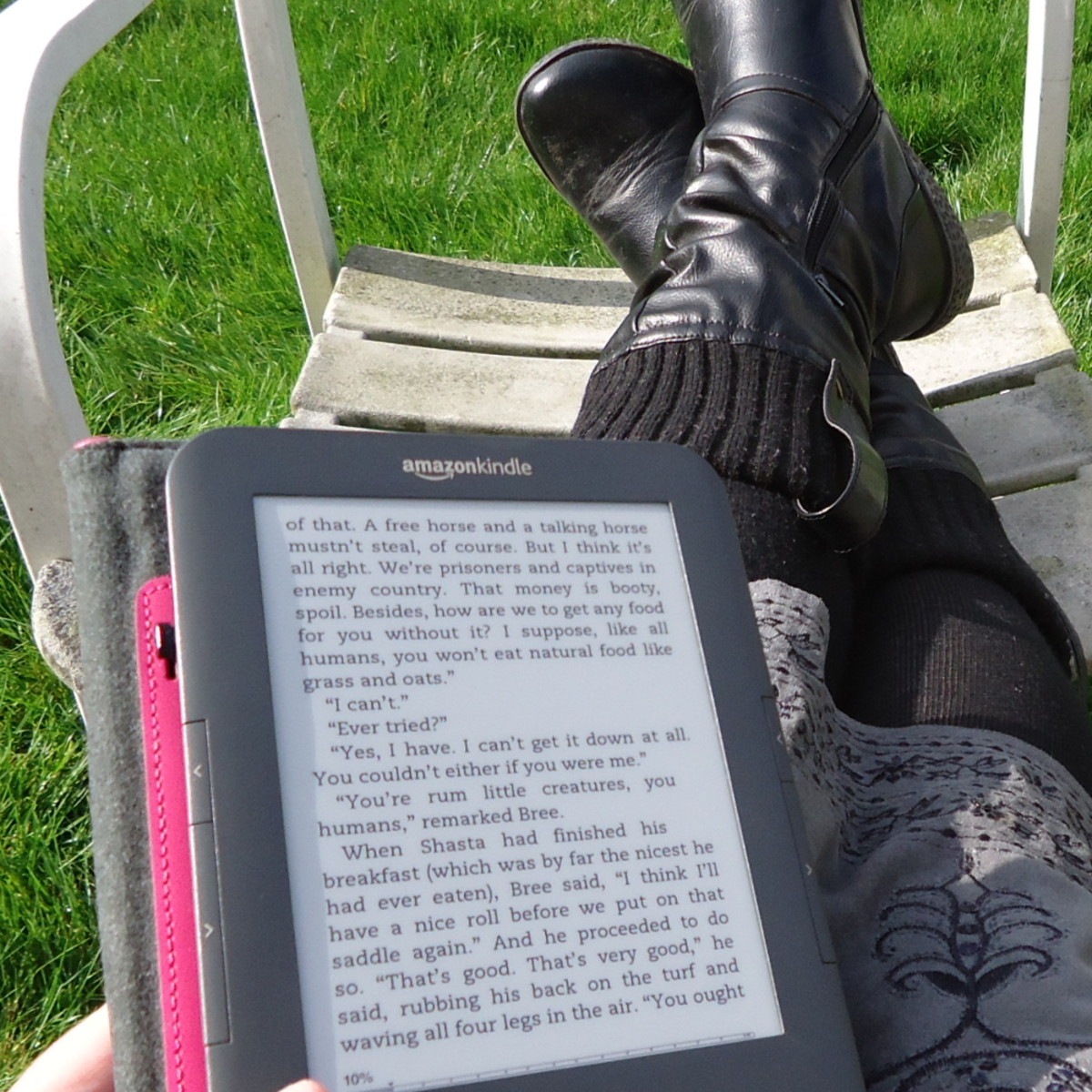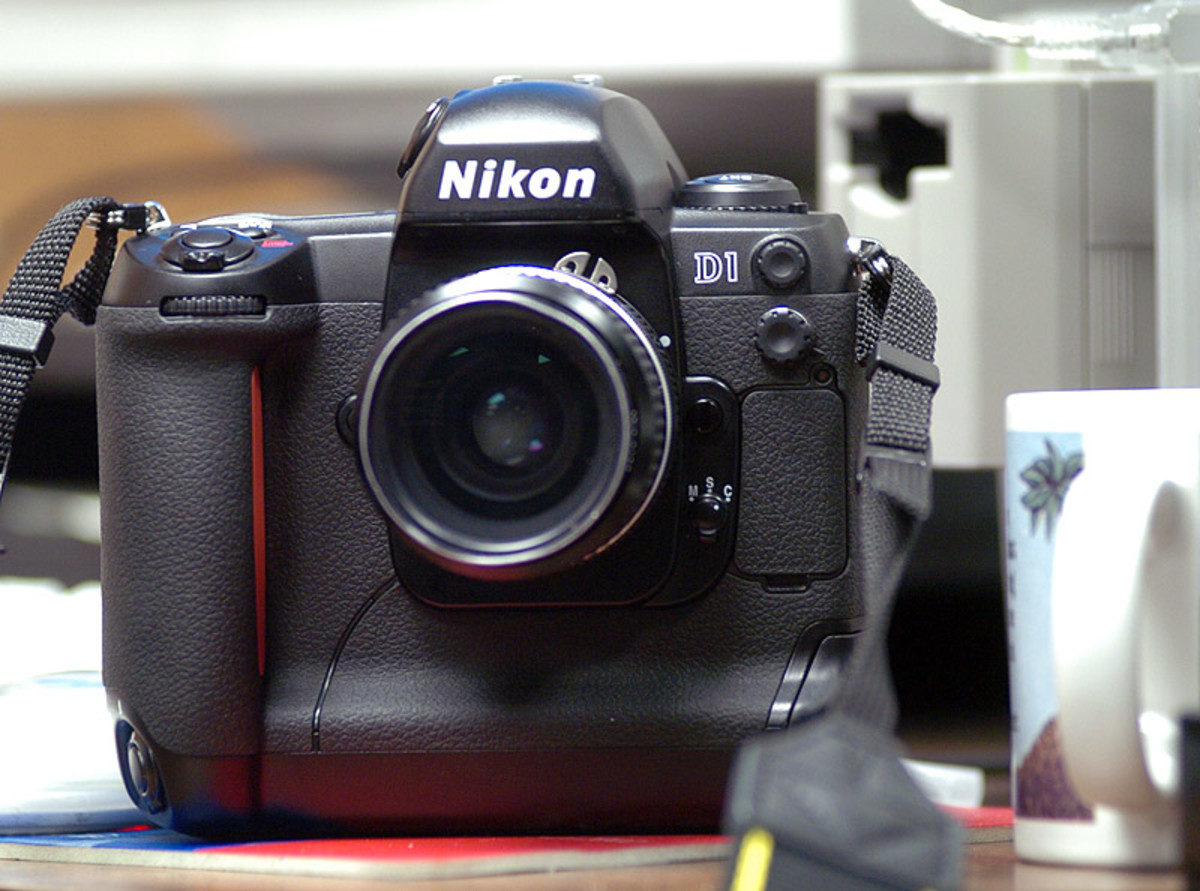The 5 Best Handheld GPS Systems
The Best Handheld GPS Systems
Either you're a travel guide, a full-time hiker, an explorer, a foreign spy or a new fan of Geocaching, you are here looking for the best handheld GPS system available on the market. First of all, you have to know that the choice is very hard. With the raising popularity of geocaching, and more generally using GPS devices instead of good old maps, came a huge boost to the entire market. There are now dozens of manufacturers with hundreds of models, and simply the sheer number of devices can make the choice very hard for the first time GPS buyer. Additionally, there are dozens of new features and mysterious abbreviations that show up in sales letters and catalogues. When I was going to buy my first handheld GPS, after reading a few tech sheets I was standing there even more confused than before. I had no idea what XMR, Dead Reckoning or WAAS meant. Okay, it's time to retreat and do some research - I said to myself. I'm the kind of person who's not fooled by sales pitches like 'Insanely accurate, high sensitivity GPS receiver!'. I won't pay 500 dollars for three extra features that I don't and won't ever need. 'Blazing fast USB 2.0 transfer!' - for $599.99? Come on...
So unless you're the spoilt child of a billionaire (in which case you should just buy the 10 most expensive GPS systems and pick the one you like the most - just don't forget to send me the other nine), I highly recommend you read this article before buying a handheld GPS.
I'll start with explaining some key features, and then move on to the five best handheld GPS models I've ever tried. Yes, I have tried MANY. I'm the annoying customer who asks a million questions before paying a single dollar. I'll mention both the pros and cons of the five systems I've selected.
A final note before we start: I'm not a salesmen, nor the representative of Garmin. However, I've found that Garmin is the ONE when it comes to handheld GPS. They produce the highest quality, sturdiest and most reliable systems.
Best Handheld GPS Systems - Key Features
Battery life
This one's simple. You don't want your GPS to die in the middle of nowhere. As a guideline, don't buy anything that has a battery life of less than 12-15 hours.
Map coverage
Some handheld GPS models don't show an actual map, but only coordinates and maybe the distance and direction of a waypoint. Geocaching might be a bit more exciting with these models, but I personally don't like them. I want to buy a handheld GPS so that I don't have to take a paper map with me. I want to see where am I, not just a mysterious number like 27°10'0N;78°2'60E. The maps usually come on SD or xD cards, but some models have built-in memory.
Number of channels
This number (usually 12-24) represents the number of satellite signals the handheld GPS system can track simultaneously. It's important in difficult conditions like under tall trees, or in a deep valley where you're surrounded by high cliffs. The more satellite signals you receive, the more precisely your position is tracked.
Tracks feature
Most GPS systems store the trail you've walked. More expensive devices can usually store multiple very long trails, which you can download to your PC as well. I like this feature, looking at a 30 km long trail at the end of the day gives satisfaction.
Weight and size
Since we are talking about handheld systems, weight and size is an important factor. Unfortunately, most of the weight is made up by the batteries. So a higher battery life means a higher weight as well. You have to consider these before buying. I actually don't really care about the weight. Even the heaviest handheld GPS system doesn't weigh more than a few hundred grams. Attached to your belt or your backpack, you can't feel that at all. As for size, my only criteria is that the device could be held in one hand comfortably. Just make sure the screen size is good for you, and you can read the screen easily.
High battery life, extendable map coverage, great trail storage capacity and small weight - these are the most important attributes and features of the best handheld GPS systems.
Keeping these factors in mind I've selected the following devices as the five best handheld GPS systems.
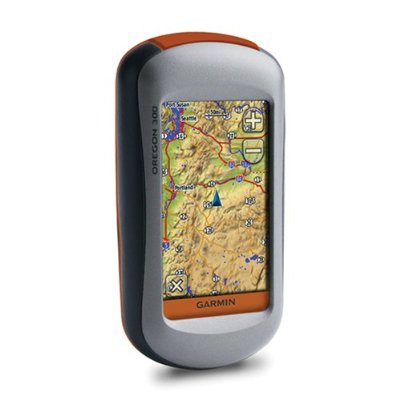
Best Handheld GPS Systems - The Top 5
I won't bother you with the technical details, since you can read about those in catalogues. I'll tell you what's not in the sales letters - both the good and the bad. As you will notice, all five models are from the same manufacturer - Garmin. The reason is, this manufacturer receives the best reviews and has really good prices. Also, all models store tracks and waypoints in the same format, and the files saved with older Garmin models are compatible with the newer ones.
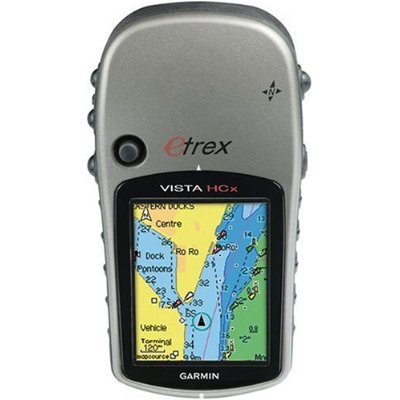
The Beginner's Best Travel Mate - Garmin eTrex Vista HCx
Small, light, waterproof and has a 32 hour battery life. The antenna is
very good, it locks on to the signals very quickly, even inside
buildings.It has a color LCD screen, which is a pleasant surprise considering its price. The menu is a bit weird for me
, I had to look hard to find some of the functions. I'm pretty sure it
can be learned though. A bigger problem is, that a map costs $100 -
which is 50% of the GPS's price. So make sure you have that additional
hundred buck before you invest in this. Still, it has a very high value for its price.
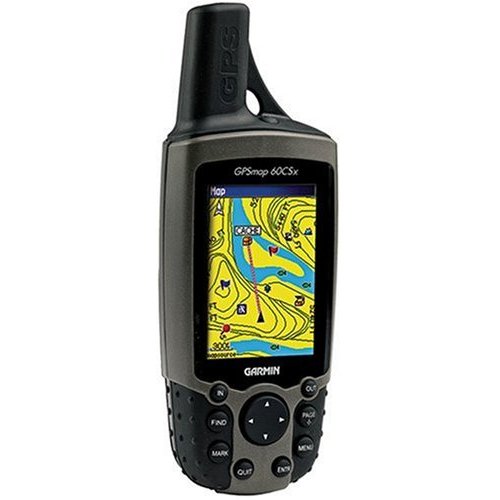
The World in Your Pocket - Garmin GPS 60CSx
This is the first handheld GPS by Garmin with a removable memory card. You can store half of the USA's maps on a single 512 MB microSD card! Very important feature for the real adventurers. Unfortunately the SD cards are only used to store maps - waypoints, routes and other stuff go on the built-in memory. Tracking is very precise, and the satellite signal is found in a blink - sometimes even inside a building! You can take this GPS, put it in your backpack and it will still track your route without problem. It's relatively cheap considering its wide range of features and its great overall quality. This one has the best value / price ratio among the top five.
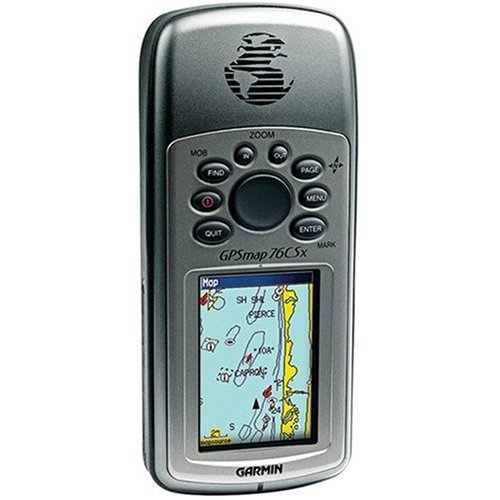
An alternative - Garmin GPS 76CSX
This is at the same price level as the 60CSX, however it's a bit different. It has a barometer to measure your altitude, and a digital compass. Most GPS units show your direction only when you move. However, with a digital compass you always know which direction you're facing. A 128 MB microSD card is included, which is more than enough for a week's worth of hiking.
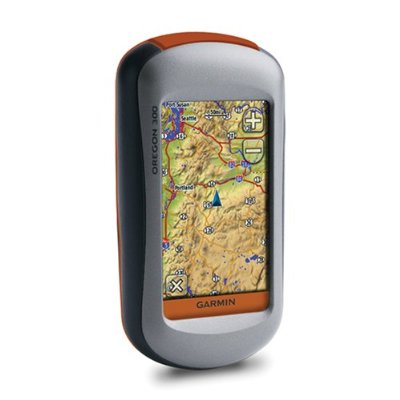
Touch me! - Garmin Oregon 300
Here comes serious awesomeness! The Oregon series has a touch screen and wireless transmission. You can share your maps and cache locations with other Oregon GPS devices nearby. The touch screen is a cool addition, makes it much easier to use than any other solutions I know of. The Oregon 300 comes with 850 MB of memory. There is a cheaper version, the Oregon 200, but that only has 24 MB memory and no wireless unit-to-unit transfer.
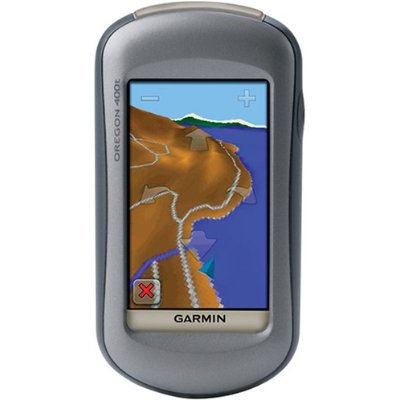
Choice of the Professional - Garmin Oregon 400T
This is the improved version of the Oregon 300. It's loaded with the full topographic map of the USA. It has a 3-inch color touchscreen. Comes with 4 GB of memory, of which the topographic maps take up 2.7 GB. There's a whole Wiki website dedicated to the features and functions of the Oregon series. This is the best handheld GPS money can buy - and it costs just a bit more than 500 dollars. Given the fact that it's already supplied with maps, it's actually cheaper than some mid-level models on the market. I highly recommend you choose this model.
This concludes my top 5 of handheld GPS devices. If you are a representative of Garmin, please contact me and we'll talk about my share of your sales.
Seriously, I hope you enjoyed reading this review, and that it helped you choose the best handheld GPS system.

